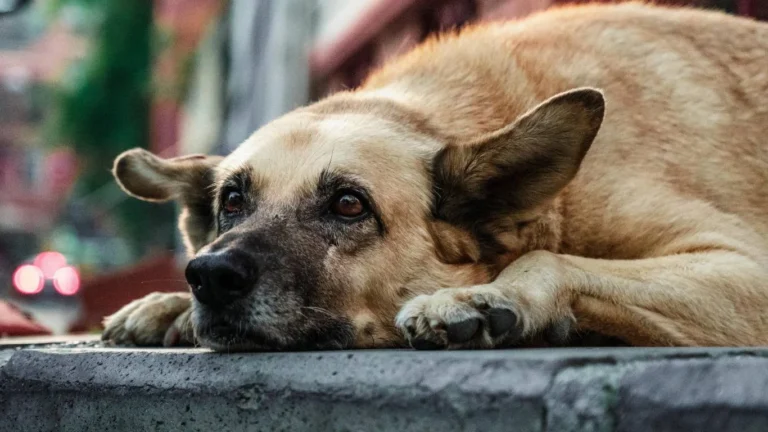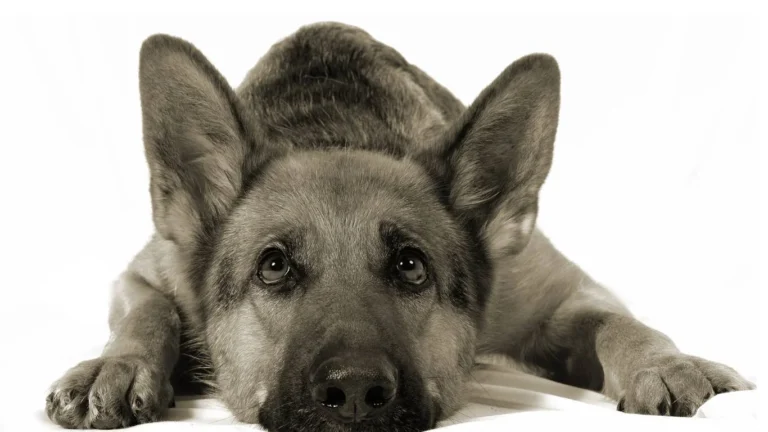Shocking Causes of Dog Eye Hair Loss Every Pet Owner Should Know
What causes hair loss around a dog’s eyes? That’s a question I get from concerned pet parents way more often than you’d think. As a veterinary assistant with a nutrition focus, I’ve seen firsthand how alarming it can be to notice your dog losing fur near their eyes—especially when it happens suddenly or without any obvious injury. It’s totally understandable to worry when your pup starts to look patchy or irritated in such a sensitive spot. The truth is, there’s a whole range of things that can cause this kind of hair loss, and it’s not always as serious as it might look at first. Let’s break it all down so you know what to look for, what might be going on, and when it’s time to talk to your vet.
Common Causes of Hair Loss Around the Eyes in Dogs

1. Allergies: A Major Culprit
One of the most common answers to what causes hair loss around a dog’s eyes is plain old allergies. Whether it’s food, pollen, dust mites, or even cleaning products, allergies can trigger constant itching and rubbing, which leads to fur falling out. I’ve seen dogs react to something as simple as a new brand of laundry detergent on their bedding.
- Environmental allergies: grass, mold, dust, etc.
- Food sensitivities: common triggers include beef, chicken, dairy, wheat, and soy.
- Contact allergies: plastic food bowls, laundry detergents, or even carpet fibers.
If your pup is constantly pawing at their face or rubbing against the furniture like they’re trying to scratch an itch, this could be your starting point. I always recommend doing an elimination trial with diet or switching to stainless steel bowls—those plastic ones can sometimes cause more issues than we realize.
2. Mites and Other Skin Parasites
Demodex or sarcoptic mange can lead to patchy fur loss, especially around the eyes, muzzle, and ears. These tiny critters live in or on your dog’s skin and cause serious itching and inflammation. I remember one sweet senior pug who came in looking like he had eyeliner made of bald spots—it turned out to be demodectic mange. Thankfully, it’s treatable, but it needs a proper diagnosis.
- Demodex mites: Usually not contagious and more common in puppies or immune-compromised dogs.
- Sarcoptic mange (scabies): Highly contagious and extremely itchy!
If the hair loss is paired with red, crusty, or scabby skin, don’t wait—have your vet take a skin scraping. The sooner you catch it, the quicker you can stop the spread.
3. Tear Staining and Over-Grooming
Another thing I’ve noticed, especially in smaller breeds like Maltese, Poodles, and Shih Tzus, is how excessive tear staining can lead to fur loss. The constant moisture under the eyes encourages yeast and bacteria to grow, and that causes irritation. Dogs will start scratching or licking at the area, making the problem worse.
I usually recommend gently cleaning around the eyes daily with a vet-approved wipe, especially if your dog has those big, watery eyes. And if you notice a rusty-colored discharge, it could be due to excessive tear production or even blocked tear ducts.
Underlying Medical Conditions That Can Trigger Eye Area Fur Loss

4. Hormonal Imbalances and Autoimmune Conditions
Sometimes the issue isn’t on the surface—it’s coming from inside. Endocrine disorders like hypothyroidism or Cushing’s disease can show up in the form of weird, symmetrical hair loss patterns, including around the eyes.
With hypothyroidism, your dog might also seem sluggish, gain weight, or have flaky skin. I once worked with a lab who had these bald patches under both eyes and barely any energy. Once we got her thyroid levels checked and adjusted her diet, her coat (and energy) bounced back within a few weeks.
Autoimmune conditions like lupus or pemphigus can also target areas like the nose, eyes, and ears. These are less common, but they’re serious and need prompt veterinary care.
5. Fungal Infections (Ringworm)
Despite the name, ringworm isn’t a worm at all—it’s a fungus. And it’s highly contagious between animals and humans. I always use gloves when handling a dog that’s losing fur in circular patches, especially around the face and legs. If you spot dry, scaly patches with defined edges, don’t ignore it. A simple wood lamp test or fungal culture can confirm it, and treatment is usually pretty straightforward once identified.
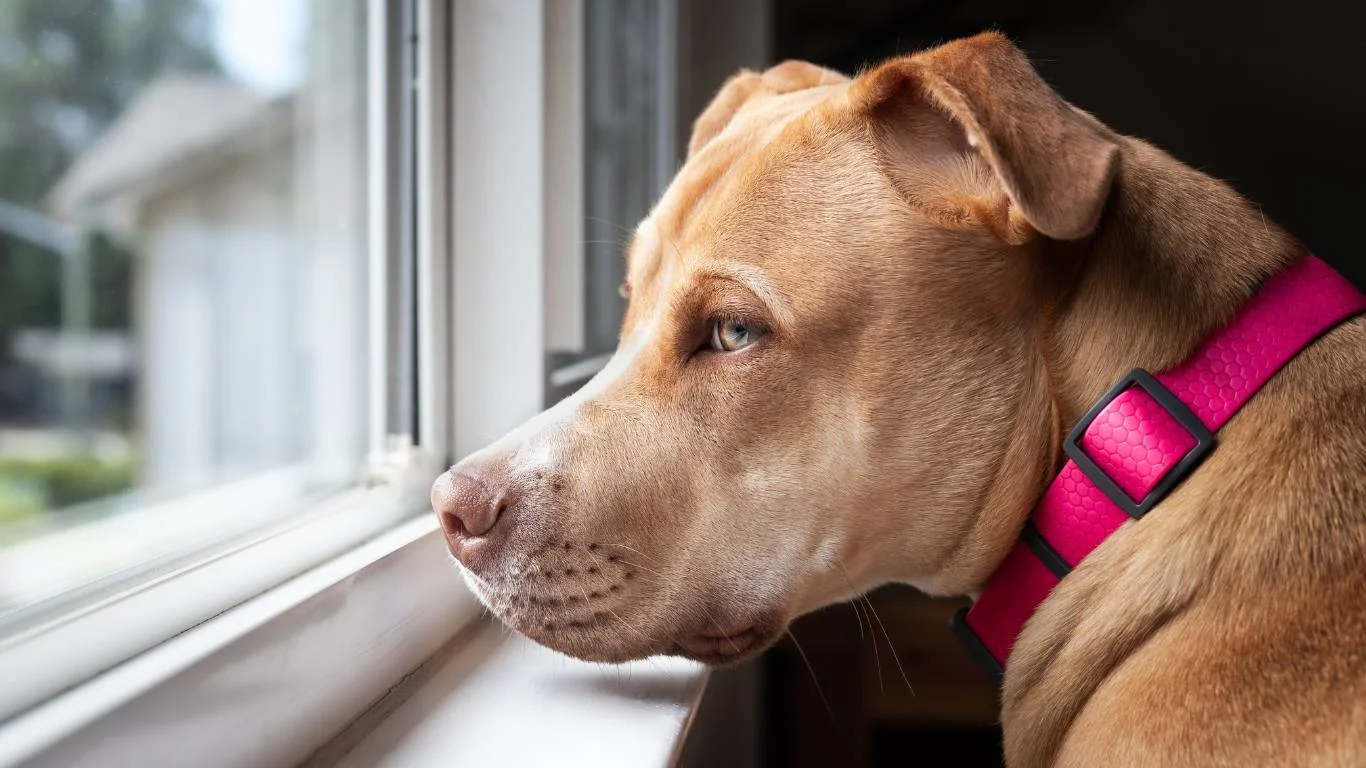
Next time we’ll dive deeper into diagnostics, treatment options, and when it’s time to involve your vet or a veterinary dermatologist.
How Vets Diagnose Hair Loss Around the Eyes
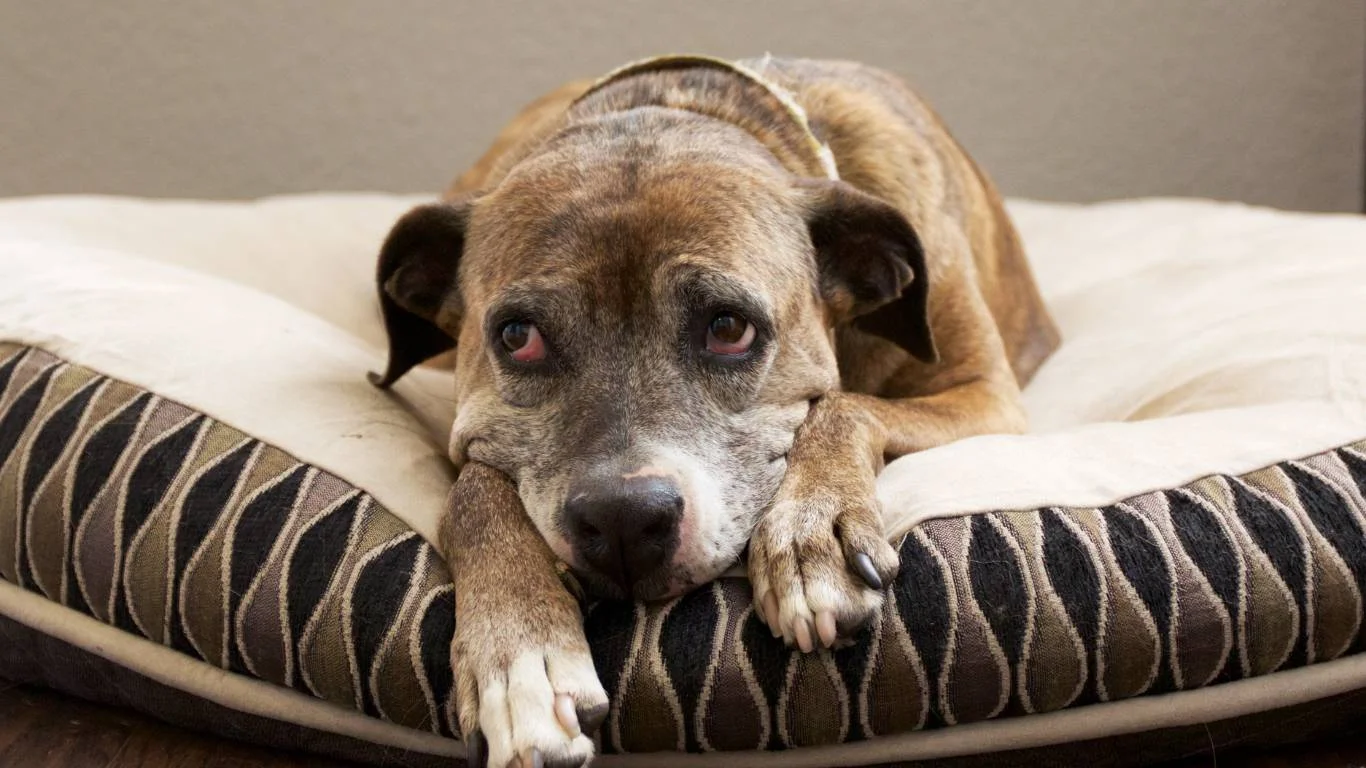
1. The Power of a Thorough History
When it comes to figuring out what causes hair loss around a dog’s eyes, the first step is often just talking it through with your vet. Seriously, the questions they ask—about food, environment, grooming routines—might seem random, but they’re crucial. I’ve sat in on countless consults where just one little detail (like “we just switched to a new carpet cleaner”) unlocked the entire mystery.
That’s why I always tell pet parents, “Be honest and tell your vet everything—even if it seems unrelated.” Sometimes the cause is something really simple, and it’s just a matter of connecting the dots.
2. Skin Scrapes, Cultures, and Blood Tests
If a quick look doesn’t give your vet a clear answer, they’ll usually go a bit deeper. Here are some of the most common tests we run:
- Skin scraping: Helps detect mites like Demodex or scabies.
- Fungal culture: Used to confirm or rule out ringworm.
- Wood’s lamp exam: A special UV light that can sometimes identify fungal infections.
- Blood tests: These are key for diagnosing hormonal imbalances like hypothyroidism or Cushing’s disease.
I always remind folks that sometimes you won’t get an immediate answer. Skin issues can take time to fully figure out, especially if we’re looking at chronic or systemic causes.
Practical At-Home Tips to Help Manage Hair Loss Around the Eyes

1. Daily Eye Cleaning Can Go a Long Way
For dogs prone to eye discharge or tear staining, keeping the area clean is essential. I’ve seen small changes make a huge difference—just gently wiping your dog’s face once or twice a day with a vet-approved wipe or a warm, damp cloth can prevent irritation from building up. It might sound too simple, but when done consistently, it really helps reduce fur loss and infection risk.
Be gentle though—never scrub, and avoid anything harsh like human soaps or alcohol wipes. That skin is super delicate!
2. Upgrade the Food Bowl Situation
If you’re using plastic food or water bowls, switch them out for stainless steel or ceramic. Plastic can harbor bacteria and trigger allergic reactions in some dogs. I’ve had more than a few cases where just swapping bowls cleared up persistent fur loss around the muzzle and eyes within a couple of weeks.
Bonus tip: Wash your dog’s bowls daily. Leftover food and slobber build up fast and can lead to skin flare-ups.
3. Address Possible Allergens in the Environment
Another thing to think about is what your pup’s coming into contact with every day. Is there new laundry detergent on their bedding? Air fresheners near their crate? Did you just put down fresh mulch in the yard?
In one case, a family I worked with discovered that their dog’s eye irritation was due to a scented plug-in near the dog’s bed. Once it was removed, the scratching and fur loss stopped. Crazy, right?
Here’s a short checklist you can go through:
- Switch to hypoallergenic, fragrance-free laundry detergent for all dog bedding.
- Vacuum regularly to reduce dust mites.
- Keep scented candles and air fresheners away from your dog’s hangout spots.
- Rinse your dog’s paws (and even their face) after walks during allergy season.
When to Call the Vet—And When It’s Urgent
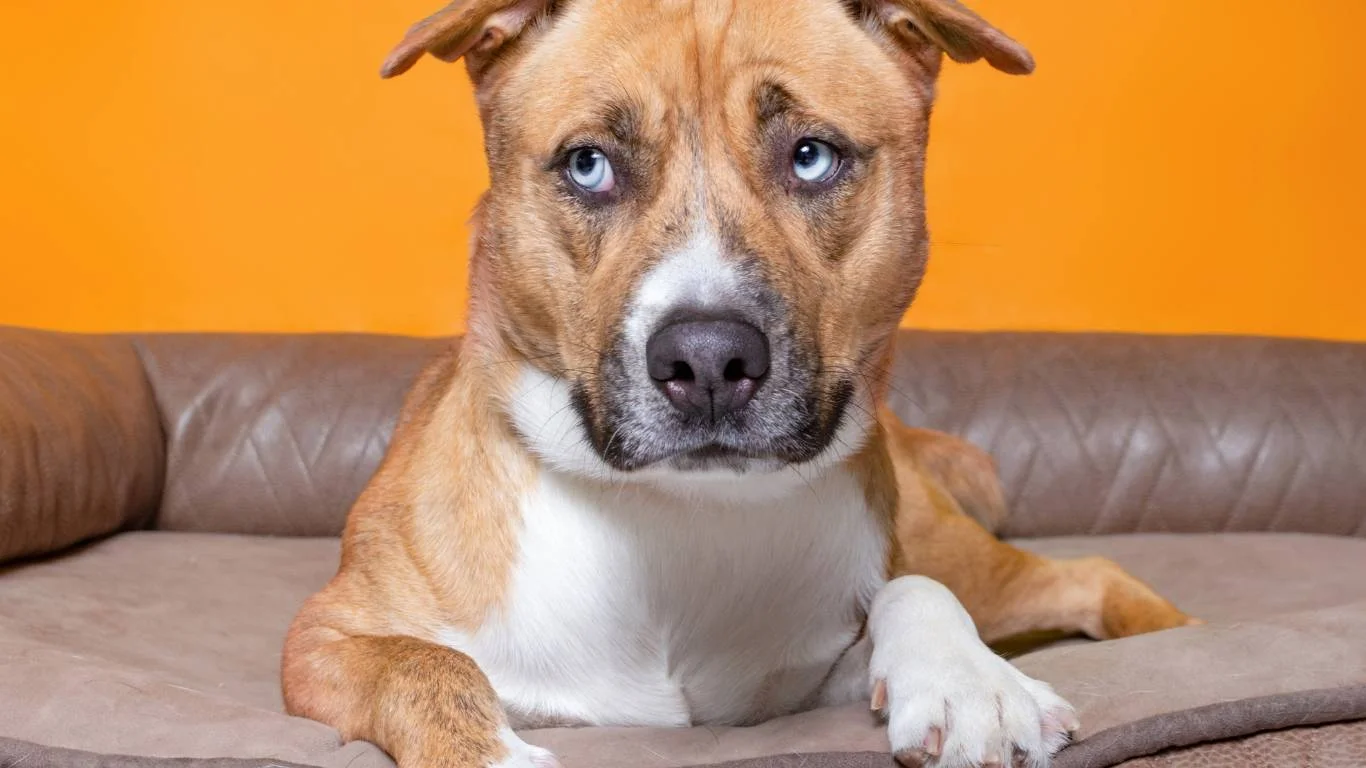
1. It’s Getting Worse, Not Better
If the fur loss around the eyes is spreading, the skin looks angry or infected, or your dog seems super uncomfortable, it’s time to get professional help. Don’t wait. Mild irritations can become major skin infections quickly, especially if your dog keeps scratching or rubbing.
2. Behavior Changes Alongside Skin Changes
If your dog’s mood, energy levels, or appetite are off in addition to the hair loss, it could point to a bigger internal issue like thyroid problems or Cushing’s. A full veterinary workup can catch these early and make treatment much easier in the long run.
One senior dog we treated had started losing fur under his eyes and around his tail, and he just wasn’t himself. Turned out it was hypothyroidism. After starting on the right meds and a diet tweak, he perked up so fast—he was like a brand-new pup!
3. You’re Not Sure What You’re Seeing
It’s totally okay not to know what’s going on. Honestly, pet skin stuff can be confusing—even for seasoned pros. That’s why we’re here. If you’re not sure what’s normal or what’s cause for concern, just give your vet a call. We’d always rather take a look early than see a case that’s gone too far.
Long-Term Management of Hair Loss Around a Dog’s Eyes

1. Building a Routine That Works for Your Dog
Once you’ve figured out what causes hair loss around a dog’s eyes, the next step is making sure it doesn’t become a recurring nightmare. I’ve seen way too many pet parents breathe a sigh of relief after treatment—only for the problem to creep back in a month or two later.
Consistency is key. That means daily eye cleaning, sticking with hypoallergenic diets (if food sensitivities are involved), and following through with any medications or supplements your vet recommends. For example, omega-3 fatty acids can work wonders for skin health. I give my own dog fish oil every morning, and let me tell you—his coat is glossy, and we’ve never had an eye-area flare-up again since we nailed his diet and skincare routine.
2. Stress and Anxiety—The Overlooked Triggers
This one’s a bit unexpected, but behavioral factors matter too. Dogs that are stressed or anxious often develop excessive grooming habits. I once worked with a terrier who kept pawing at his face whenever he was left alone. After some trial and error, we figured out it was separation anxiety. With some training and enrichment toys, his hair grew back and stayed in place!
If your dog’s behavior seems a little “off” along with the hair loss, don’t rule out emotional causes. Stress relief techniques like puzzle feeders, calming pheromone diffusers, or even just more consistent walks can help more than you’d expect.
Natural Remedies & Supplements (With a Vet’s OK)

1. Coconut Oil and Calendula for Mild Irritation
I’m a fan of simple, gentle solutions—especially for mild cases of irritation. Coconut oil, when used sparingly, can help soothe red or flaky patches near the eyes (but don’t let your dog lick it too much!). Calendula cream is another go-to I’ve used under vet guidance—it’s anti-inflammatory and great for skin repair.
But here’s the deal: never apply anything near your dog’s eyes without checking with your vet first. Even natural products can cause problems if they get into the eyes or if your dog is allergic to the ingredients. When in doubt, ask.
2. Supplements for Skin Health
Adding quality skin-supportive supplements can make a long-term difference, especially for allergy-prone pups. Ask your vet about:
- Omega-3 fatty acids: Fish oil or salmon oil can reduce inflammation and promote a healthy coat.
- Probiotics: A healthy gut can support healthy skin—more connected than most folks realize!
- Biotin: Sometimes recommended for improving coat texture and reducing shedding.
I’ve seen the difference firsthand in dogs who started on these consistently. A few months in, and the patchiness? Totally gone.
Final Thoughts: Keep an Eye on the Eyes
It’s All About Observation and Early Action
Here’s the biggest thing I’ve learned from my time as a vet assistant with a nutrition focus—early intervention is everything. The moment you notice your pup rubbing their face more than usual or if you spot thinning fur near their eyes, take action. It doesn’t always mean something serious, but if left unchecked, even a minor issue can snowball into something bigger and harder to treat.
Trust your instincts, lean on your vet team, and don’t underestimate the power of daily routines and small lifestyle adjustments. I’ve seen dogs bounce back from some pretty rough patches—literally—just because their humans stayed consistent and curious about the root cause.
Resources Worth Checking Out
For more info on skin conditions, eye care, and pet nutrition, I always recommend sticking with reputable veterinary resources. A few solid places to start:
- https://www.avma.org – American Veterinary Medical Association
- https://www.acvd.org – American College of Veterinary Dermatology
- https://www.vet.cornell.edu – Cornell University College of Veterinary Medicine
- https://www.petmd.com – A great source for general pet health advice
Remember, internet advice (even from pros like me!) is never a substitute for your vet’s input, especially if your dog is showing signs of discomfort or worsening symptoms.
Disclaimer
This article is for informational purposes only and is based on personal experience as a veterinary assistant. It is not intended to replace professional veterinary diagnosis or treatment. Always consult your veterinarian for concerns regarding your pet’s health.



